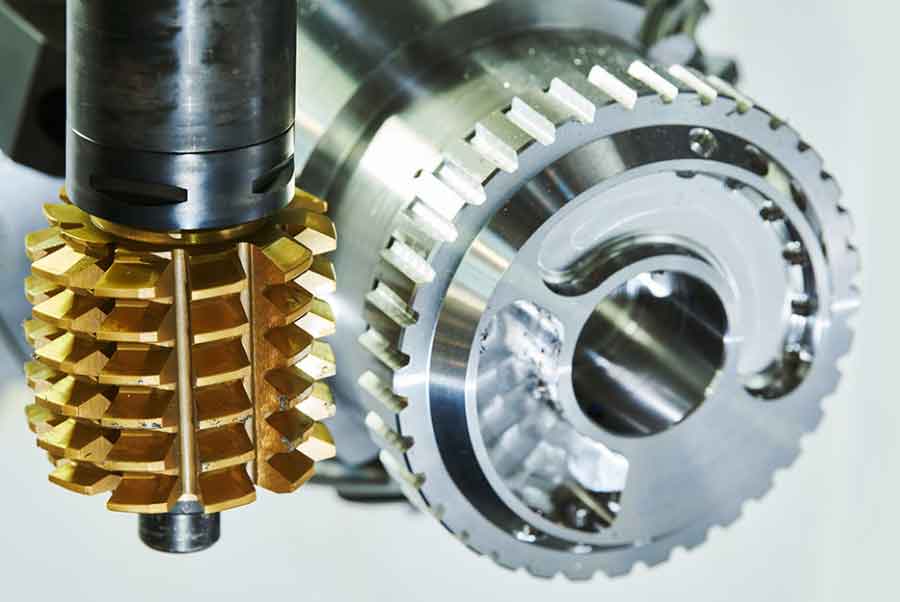
Gear hobbing is a fundamental process in gear manufacturing that involves the precise cutting of gear teeth using a hobbing machine. Mastering the art of gear cutting requires a deep understanding of the various techniques involved. This article explores the key gear hobbing techniques that enable gear manufacturers to achieve superior gear quality and optimize the gear cutting process.
I. Conventional Gear Hobbing:
Conventional gear hobbing is the most common technique used in gear cutting. It involves the use of a hob with cutting teeth that progressively engage with the workpiece to form the gear teeth. The hob and workpiece are set at specific angles and relative positions to generate the desired tooth profile. This technique is versatile and widely applicable for a range of gear types, including spur gears, helical gears, and worm gears.
II. Climb Hobbing:
Climb hobbing, also known as up-milling, is an alternative gear hobbing technique that offers certain advantages over conventional hobbing. In climb hobbing, the hob rotates in the same direction as the workpiece rotation, resulting in a smoother cutting action. This technique reduces vibrations and tool wear, leading to improved surface finish and longer tool life. Climb hobbing is particularly beneficial for cutting helical gears and gears with higher accuracy requirements.
III. Skiving:
Skiving is a specialized gear hobbing technique primarily used for cutting internal gears or gear-like components. It involves using a specially designed skiving tool, which combines hobbing and shaving principles. The skiving tool removes material in a continuous shaving motion, resulting in precise tooth profiles and excellent surface finish. Skiving is often employed for high-precision gears found in industries such as automotive, aerospace, and power transmission.
IV. High-Speed Gear Hobbing:
High-speed gear hobbing is a technique that leverages advancements in machine tool technology to achieve significantly higher cutting speeds. This technique involves using specialized gear hobbing machines equipped with high-speed spindles and improved rigidity. By increasing the cutting speed, high-speed gear hobbing reduces cycle times and improves productivity without compromising gear quality. The increased cutting speed requires careful consideration of cutting parameters, tool materials, and cooling methods to ensure efficient and reliable gear cutting.
V. Dry Gear Hobbing:
Traditionally, gear hobbing has involved the use of cutting fluids or lubricants to reduce heat and tool wear. However, advancements in cutting tool coatings and machine design have enabled dry gear hobbing techniques. Dry hobbing eliminates the need for coolant or lubrication, simplifying the machining process and reducing environmental impact. Dry hobbing can be particularly advantageous for certain applications where oil contamination is a concern or for cutting gears with specific material properties.
VI. Multi-Axis Gear Hobbing:
Multi-axis gear hobbing techniques involve the use of advanced gear hobbing machines capable of simultaneous motion in multiple axes. This enables the cutting of complex gear profiles, such as double helical gears and gears with intricate shapes. Multi-axis gear hobbing machines offer enhanced flexibility and versatility, enabling the production of gears with customized tooth profiles and optimized performance characteristics.
Mastering the art of gear cutting requires a comprehensive understanding of the various gear hobbing techniques available. By employing conventional gear hobbing, climb hobbing, skiving, high-speed gear hobbing, dry gear hobbing, and multi-axis gear hobbing, gear manufacturers can achieve precise gear tooth profiles, superior surface finish, and optimized gear performance. Choosing the appropriate technique for each application ensures the production of high-quality gears that meet the demands of diverse industries.
